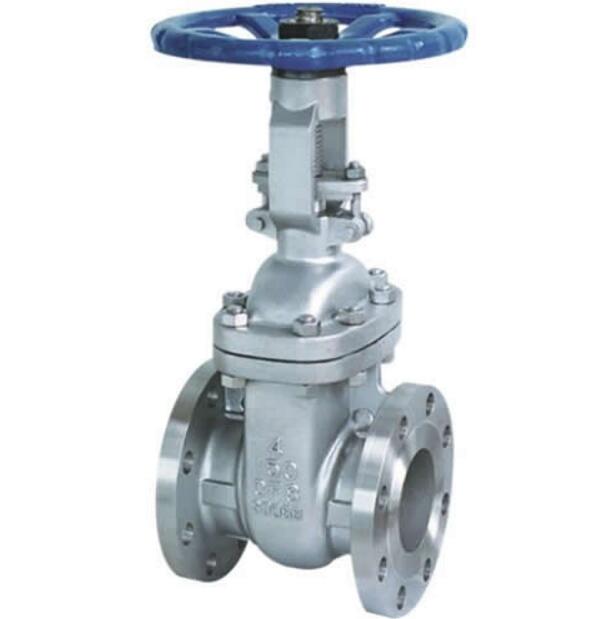- Home
- >
- Technology
- >
- Why do you need to winterize valves and actuators?
Why do you need to winterize valves and actuators?
Valves and actuators located outside or along pipelines are highly susceptible to the cold. If water gets into a valve and freezes, the valve will stop working. Even worse, frozen water can expand as much as 9%. If this happens to the water in your valve, the valve components could break. This can be a particular risk for buried valves, because the problem is difficult to see, often until it’s too late.
Valve and actuator problems are much easier — and much less expensive — to prevent than to correct. All it takes is proper winterization and maintenance.

How do you winterize valves and actuators?
Make sure your equipment makes it through winter The first step is regular maintenance. If your valve has been well prepared, it will be easier in the winter.
As for what to do before the cold, TJL Industry Group recommends:
Annual winter. The goal here is to ensure that no water can be frozen, for example, by draining water from the buried valve and filling with antifreeze. This article provides a step-by-step guide on how to do this.
Winter lubricants. Such valve lubricants operate at temperatures below zero degrees. We recommend winter lubricants, preferably -40 ° F.
Hydraulic oil. In cold regions, we recommend the use of a high viscosity index (HVI) of 15 weight oil in gas-liquid actuators.
Prefilters in moisture applications. To prevent water and other liquids from entering the natural gas zone, we recommend placing the pre-filter in the power gas inlet.
Related recommendation:
How to Choose the Desulphurization Valve
The Difference between Gate Valve and Gate Valve model Selection
3 Ways to Improve Your Control Valve Performance
Product recommendation:
200PSI CF8M Threaded Gate Valve
Pneumatic Triple Eccentric High Quality Butterfly Valve dn150




;)
;)




